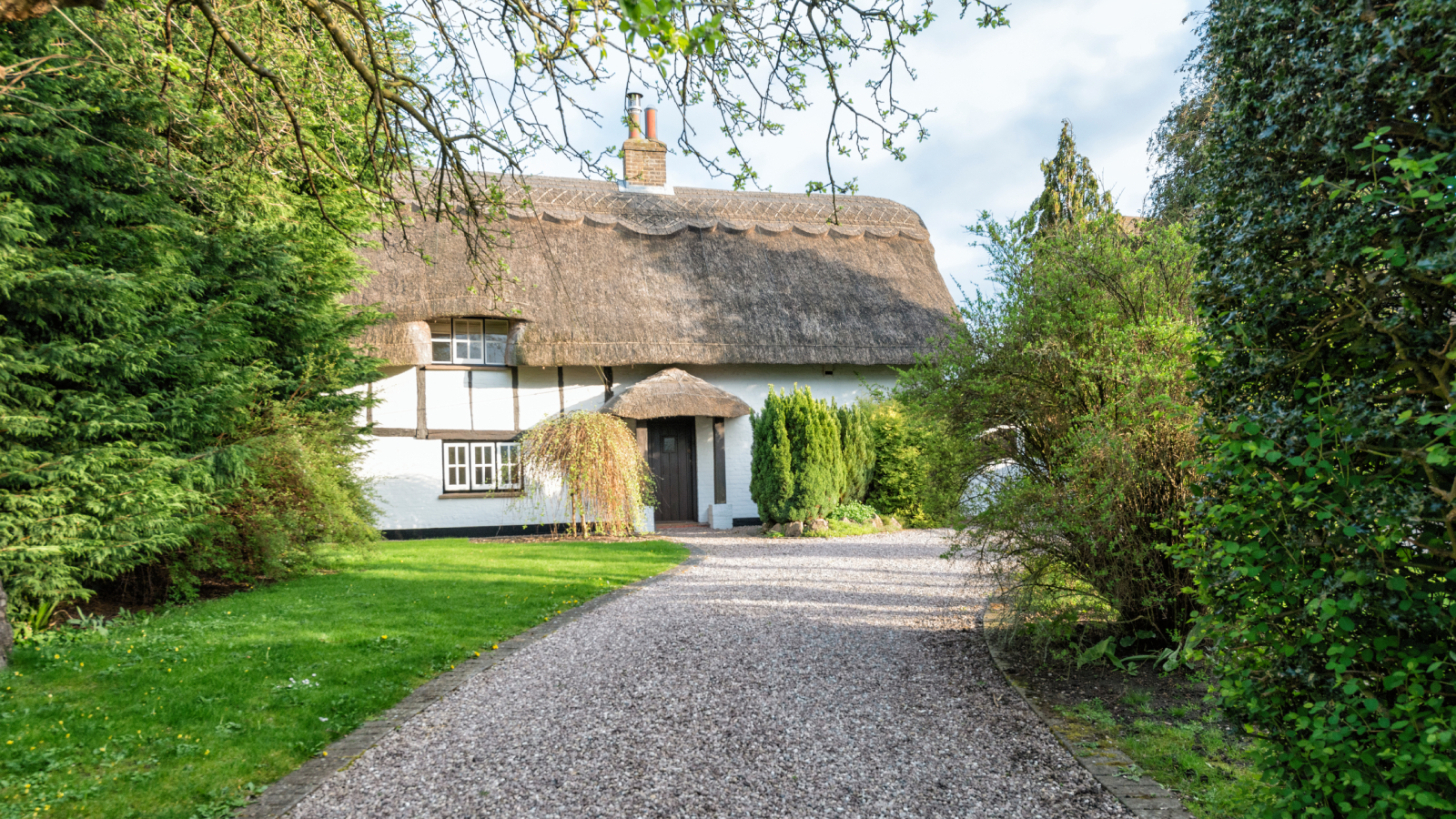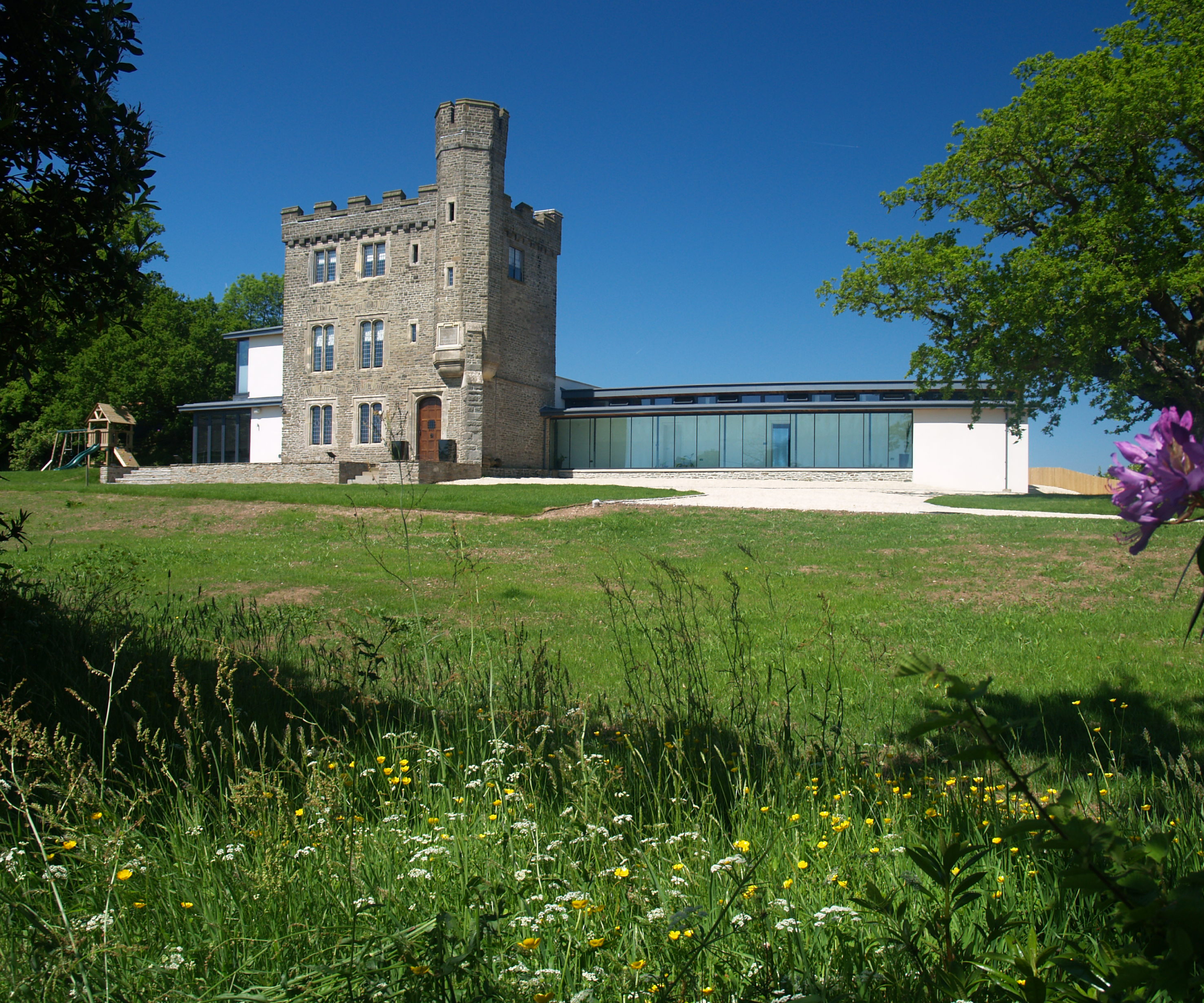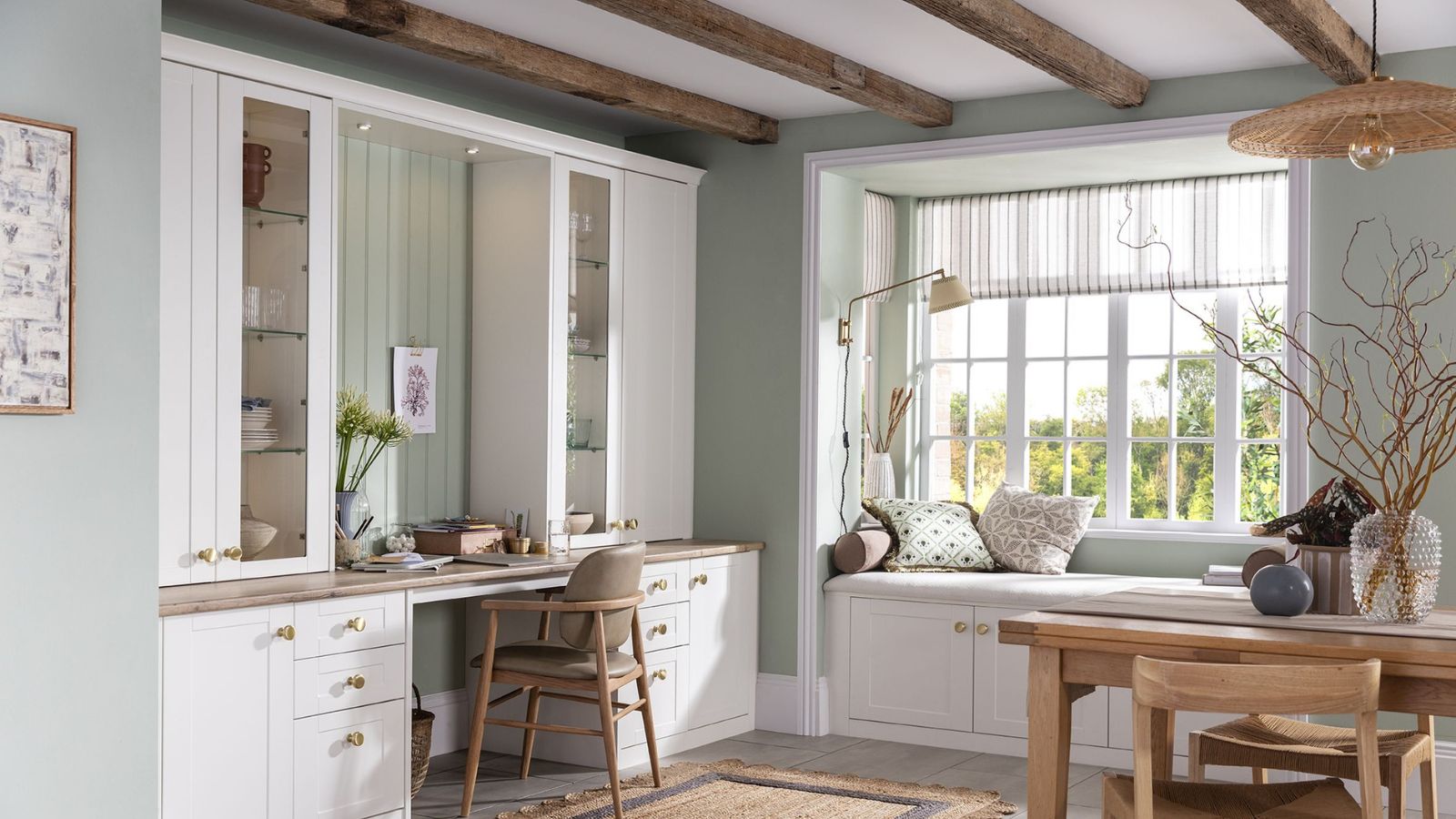Do listed building grades make a difference to your home renovation plans? Yes, and here's why
If you're considering buying a listed building, the grade it's been assigned can play a major part in defining what you can and can't do. Here's what you need to know

As a homeowner, one of the most important things you'll need to confirm when buying a listed building is the listed building grade assigned to your property.
Why? Because this simple letter or roman numeral can make a huge difference to the work you can do to your home, potentially turning a simple renovation or extension project into something far more complex.
So what do the listed building grades mean, are they the same across the UK and which one will place the most restrictions on your plans? We asked planning expert, Simon Rix to help us explain.
Why are there listed building grades?
Listed building grades exist to help identify just how historically or architecturally important a building is. They serve to justify exactly why the building has earned its place on the list, and what level of preservation will need to take place when working on one.
"The grading affects how proposals are assessed in practice," planning consultant and founder of Planix.uk, Simon Rix, explains. "The higher the grade, the more scrutiny there is as well," he warns.
What's also important to remember is that unless specified on the listing, the listing grade will also apply to more than just the building itself. According to the Planning Portal, it applies to: "any object or structure fixed to it and any object or structure that has been within the curtilage of the building since 1948."
The significance of 1948? It was changes to the Planning Acts in 1944 and 1947 that saw the introduction of the listed building registers.
Bring your dream home to life with expert advice, how to guides and design inspiration. Sign up for our newsletter and get two free tickets to a Homebuilding & Renovating Show near you.
It's this expansion of the grade to cover more than the original building that means if you're considering extending a listed building, or adding a garden room to your grounds for example, you'll likely need to apply for both listed building consent and planning permission, as permitted development rights are unlikely to apply.


Simon Rix is a professional planning consultant, who began his career working in local government in the 1990s. He was a council officer and later an elected councillor, so he knows how the planning system works from both sides. He went on to set up Planix.UK Planning Consultants Ltd; a consultancy company that advises self builders, home extenders and those taking on small to medium-sized building projects, about planning permission.
Listed building grades according to region
The listed building registers are the responsibility of the body overseeing heritage properties in each nation of the UK, and can be searched online at the following locations:
- England – Historic England
- Wales – CADW
- Scotland – Historic Environment Scotland
- Northern Ireland – Department for Communities
However, while the reasons for being listed remain the same, the grade of listing is referred to slightly differently.
In England and Wales it's Grade I, Grade II* and Grade II. In Scotland it's A, B & C, while in Northern Ireland there are five listings – A, B+, B, B1 and B2.
"The different listing grades reflect how exceptional a building is in terms of national heritage," explains Simon Rix. "In England for example, Grade I is the most strictly protected, covering only about 2.5% of listed buildings, with Grade II* slightly less rare, and Grade II covering the vast majority."
A is the same as Grade I and is the most strictly protected for Scotland and Northern Ireland, although the guidelines for each grade remain relatively similar.
As summarised on the Planning Portal they generally are defined as follows:
Grade I – buildings of exceptional interest
Grade II* – particularly important and more than special interest
Grade II – buildings of special interest, warranting every effort being made to preserve them

What do the listing grades mean to homeowners?
So what do you need to be aware of in terms of the grades if you're looking at buying a listed building?
In basic terms, the stricter the listing, the more stringent you will have to be with your house extension ideas or renovation plans.
The cases when you don't need listed building consent are far and few between, so for all grades of listing, listed building consent will be needed for most work. And, you'd be correct in assuming the higher the grade, the more stringent planning requirements will be on making any changes or alterations.
"There won't just be restrictions or requests made on just the principle of the work," warns Simon Rix, "but also on the finest details like materials, methods, or even the choice of mortar.
"For some projects, this means rethinking the brief entirely," he adds, "especially where very contemporary interventions are proposed."
Simon's best advice if you're considering one of the higher grades? "I wouldn’t say you should automatically abandon a project because of the grade, but you should adjust expectations and accept that compromises are likely.
"Where the listing is particularly strict, sometimes a lighter-touch, reversible or internal-first strategy is more realistic," he suggests.

That said, it doesn't mean you can't improve a Grade I listed property, or indeed any graded property to make them more suitable to live in.
With the main aim of listing being to keep these historically or architecturally important buildings in good condition, it's not that they are ring-fenced to any changes, more that those changes can't be made without consent, and you can't dramatically alter the historic features of the original building.
So, you certainly apply to put in a new kitchen or bathroom for example, or change a layout, and your request may well be approved. But, it's likely to come with a number of conditions attached to it. You may be asked to make sure any significant features such as walls, tiles, fireplaces and so forth are retained and restored.
Likewise, materials and the methods used during the work will be taken into consideration too.
Specialist products and craftsmen will likely be required to ensure new items match original finishes, and it's something I certainly experienced when extending a listed building and renovating the inside.
Although it was only Grade II listed, prior to the listing which took place in the 1970's, some of the original windows had been replaced with brown uPVC versions.
As part of the planning permission and listed building consent I had to both restore the original metal windows that had been left in situ, and have new ones made by a window restoration expert to match the old ones.
Lime mortar and specific stone also had to be used from a local quarry to repoint the old building, and used as cladding on the base plinth of the new extension. And, even though I was lucky enough to be granted permission to add a contemporary extension, colours, materials and design features were all carefully scrutinised by Cadw, the local authority and a planning committee before they were approved.
FAQs
Can you get a listing grade downgraded?
Getting a listed building downgraded from Grade I to II for example isn't an option, but you can apply to get a building de-listed, as Homebuilding's editor Amy Willis did when she purchased a listed cottage.
However, you will need to do this before you apply for any listed building consent for potential work as it won't be considered if you have an application in place. Likewise, you will benefit from doing your own research and investigations on your home to identify all the work that's taken place so you can clearly demonstrate the building is no longer of historical significance.
For more information on this, start by reading Historic England's delisting guide.
Is a higher listing grade more hassle than it's worth? Having felt the impact of restrictions on a Grade II listed building, I'd personally say that if you are considering buying a Grade I or A grade property, you need to be seriously committed to the project. Be prepared to accept the work will likely take longer, be more comprehensive and be more costly.
But, that doesn't mean it's not worth it. I've purchased another Grade II listed building since then and while I know it means I can't necessarily get the permission I would like to change the windows to double glazed windows, both the inside and outside of the building has character and personality that can sometimes be harder to come by in a newer property.
As Simon Rix says, be prepared to compromise, be creative in your approach and above all else, always make sure you check what is and isn't permitted before you start to avoid expensive mistakes, or waste time on plans that simply won't get passed.
And don't forget, as well as planning or listed building consent, any major project will still need building regulations too.

Sarah is Homebuilding & Renovating’s Assistant Editor and joined the team in 2024. An established homes and interiors writer, Sarah has renovated and extended a number of properties, including a listing building and renovation project that featured on Grand Designs. Although she said she would never buy a listed property again, she has recently purchased a Grade II listed apartment. As it had already been professionally renovated, she has instead set her sights on tackling some changes to improve the building’s energy efficiency, as well as adding some personal touches to the interior.
